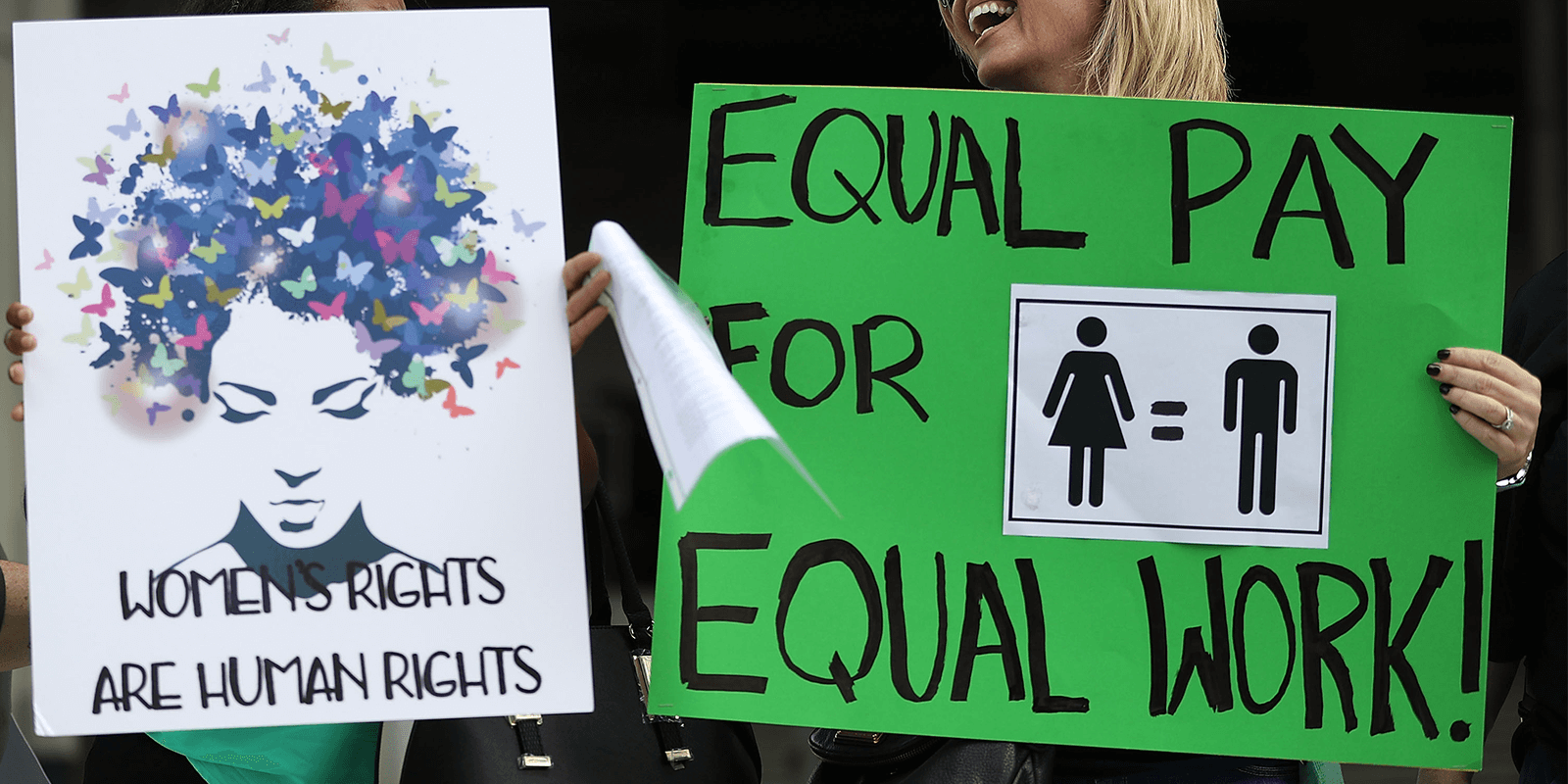Today is Equal Pay Day and, as usual, it arrives way too late in the year.
The day marks how far into the new year a woman must work to earn the same salary as a man did in the previous year doing the same work. In other words, it’s a measure of the gender pay gap, or of how unfairly women are treated in today’s economy.
This year, the day arrives with a reminder: In the fight for equal pay, it’s two steps forward and one step back.
For example, a federal appeals court ruled this week in a California case, Rizo v. Fresno County Office of Education, that employers can’t justify paying a woman less than a man for the same work because of her salary history. “Can an employer justify a wage differential between male and female employees by relying on prior salary?” reads the opinion, according to the Washington Post. “Based on the text, history and purpose of the Equal Pay Act, the answer is clear: No.”
It was a victory for advocates of pay equity. But it came less than two weeks after President Donald Trump revoked President Barack Obama’s 2014 Fair Pay and Safe Workplaces executive order, which sought to ensure that companies that do business with the federal government play by the rules. Such rules included one on paycheck transparency that required federal contractors pay their female and male employees equally.
By undoing such progress, Trump sent the message that it’s OK for a woman doing the same work as a man to be paid less.
But it’s not OK with AFSCME, nor with the millions of working families, many of them headed by women, that are trying to make ends meet. For black women and Latinas, the wage gap is even worse.
AFSCME has a long history of fighting for equal pay. In fact, unions play a vital role in ensuring higher wages for women. As the National Women’s Law Center notes, “The overall gender wage gap for union members is about half the size of the wage gap for those not represented by a union.”
According to the Economic Policy Institute, “Working women in unions are paid 94 cents, on average, for every dollar paid to unionized working men, compared with 78 cents on the dollar for nonunion women as a share of nonunion men’s dollar.”
The road to equal pay isn’t without challenges. But that won’t stop AFSCME from continuing to lead the way when it comes to closing the gender pay gap.
